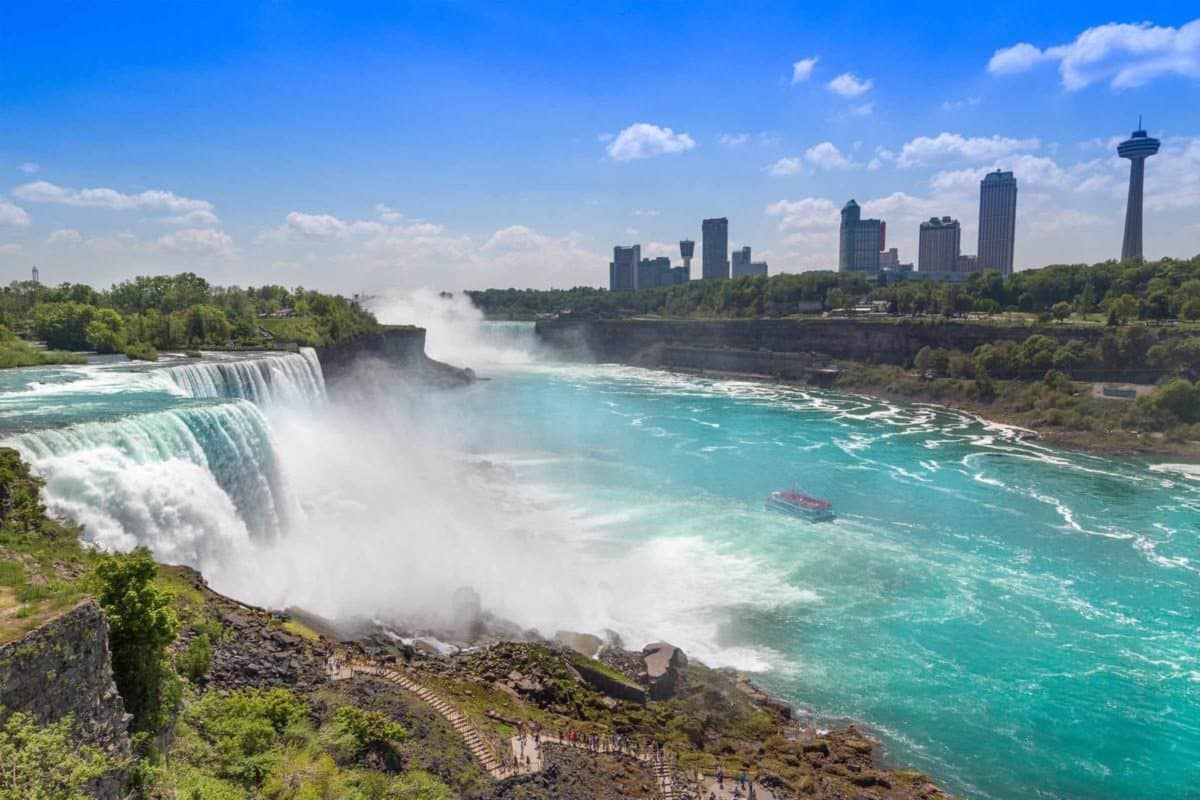Buffalo, located in Western New York, has a humid continental climate, with four distinct seasons: warm and humid summers, cold and snowy winters, and mild springs and falls.
Summers (June – August) are generally warm and can be quite humid, with high temperatures averaging in the upper 70s to low 80s degrees Fahrenheit (25-28 degrees Celsius). This is also when Buffalo receives most of its rainfall.
Autumn (September – November) is usually pleasant, with temperatures gradually cooling down from summer highs and the leaves changing to beautiful colors. Average high temperatures range from the 60s in September to the 40s by November (15-8 degrees Celsius).
Winter (December – February) in Buffalo is cold and snowy due to the city’s location near the Great Lakes, which can produce significant “lake-effect” snow. Average high temperatures are usually in the 30s (1-3 degrees Celsius), but can often fall below freezing.
Spring (March – May) is a transitional season with temperatures gradually warming up from the winter. The snow starts to melt, and plants and trees begin to bloom.
As for the best time to visit, it depends on what you’re interested in. If you’re a fan of winter sports or want to experience the snowy season, then winter would be the time to go, keeping in mind that weather conditions can sometimes disrupt travel plans.
For outdoor activities such as hiking, sightseeing, or visiting Niagara Falls, the milder weather in spring (late April and May) and fall (September and October) would be ideal. The fall foliage in and around Buffalo can be particularly beautiful.
Summer is also a popular time to visit as there are many festivals and events taking place, and the weather is usually good for outdoor activities, although it can be humid.







